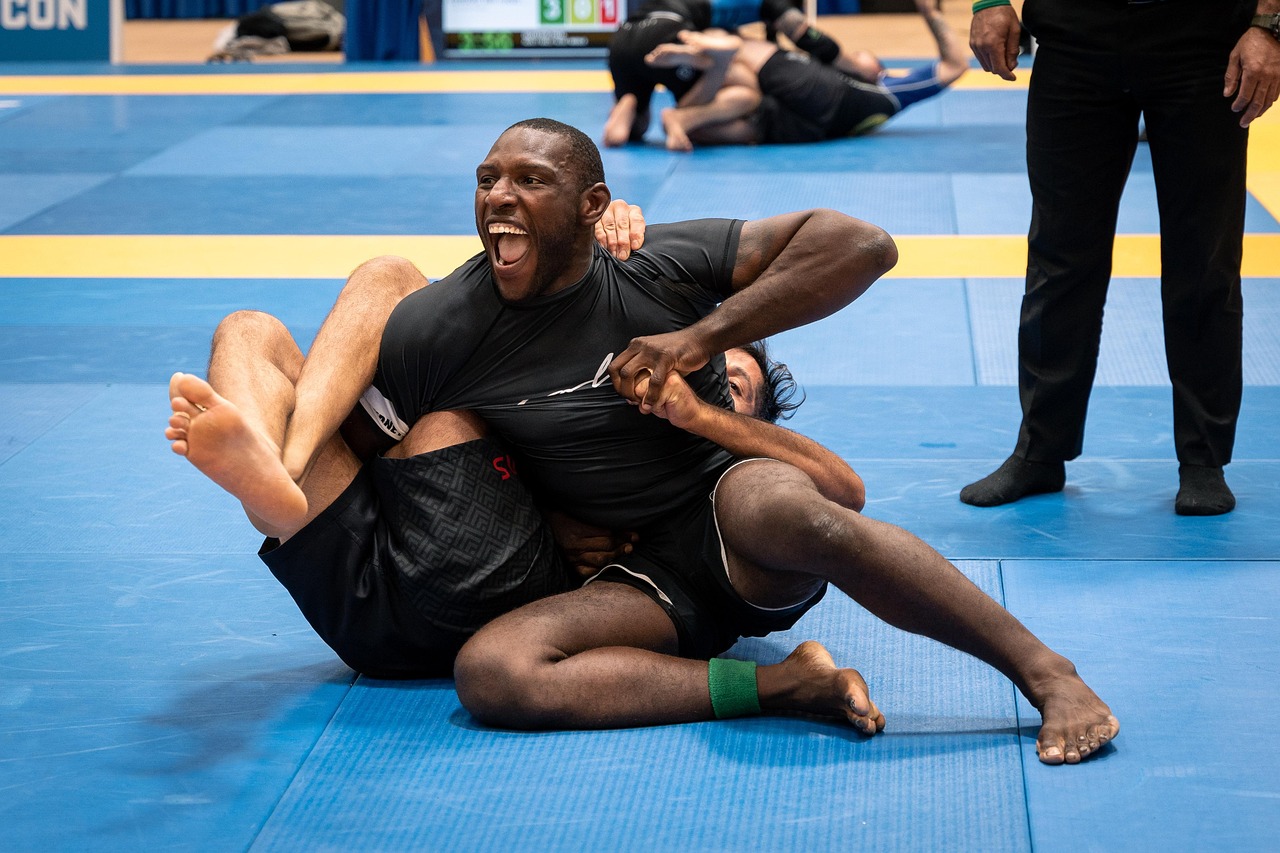Breaking Barriers: An In-depth Look at the Rise of Mixed Martial Arts
Mixed Martial Arts (MMA) has emerged from the shadows of obscurity to become one of the fastest-growing sports in the 21st century. This article takes a deep dive into the world of MMA, tracing its historical roots, exploring current trends, and analyzing its meteoric rise in popularity. This article also discusses the unique training methodologies, benefits, and challenges of MMA, all backed by expert analysis and up-to-date research.

The Origin and Evolution of MMA
MMA finds its roots in ancient Greece, where a combat sport known as Pankration was part of the Olympic Games as early as 648 BC. However, the modern version of MMA we know today began to take shape in the 20th century. The Gracie family, particularly Helio Gracie, is often credited with the birth of modern MMA, primarily due to their creation of Brazilian Jiu-Jitsu and their involvement in the establishment of the Ultimate Fighting Championship (UFC) in 1993.
Current Trends in MMA
MMA is currently characterized by a high level of diversity in terms of fighting styles, athlete backgrounds, and fan demographics. The sport has evolved significantly from its ‘no-holds-barred’ beginning to a highly regulated and professionally organized sport, with extensive rules and regulations to ensure fighter safety and fairness. The popularity of the UFC, in particular, has exploded, with stars like Conor McGregor and Ronda Rousey becoming household names.
The Unique Training of MMA Athletes
The training regimen of an MMA fighter is notably diverse and intensive, reflecting the sport’s multifaceted nature. Athletes must master striking and grappling techniques from various martial arts disciplines, such as boxing, wrestling, Brazilian jiu-jitsu, and Muay Thai. This requires superior physical conditioning, mental toughness, and technical proficiency. However, the training’s intensity can lead to high injury rates, which remains a significant challenge in MMA.
The Global Impact of MMA
MMA’s rise in popularity is not limited to the United States. The sport has gained significant traction worldwide, with promotions like ONE Championship dominating in Asia and organizations like Cage Warriors and KSW gaining fame in Europe. MMA’s global reach has resulted in a diverse array of fighting styles, as athletes incorporate techniques from their native martial arts.
MMA’s Future: A Confluence of Sport and Entertainment
As MMA continues to grow, it increasingly straddles the line between sport and entertainment. This is evident in the high-profile crossover fights involving athletes from other combat sports, like boxing, and the increasing use of social media and reality TV in promoting events and fighters. This trend, while contributing to the sport’s popularity, also raises questions about the sport’s direction and integrity.
In conclusion, MMA’s growth is a testament to its appeal as a sport that combines physical prowess, strategic thinking, and sheer willpower. Its evolution from an obscure, often stigmatized activity to a globally recognized sport is a fascinating journey that mirrors broader societal shifts towards embracing diversity and challenging traditional norms. As MMA continues to evolve, its future remains as unpredictable and exciting as the sport itself.





